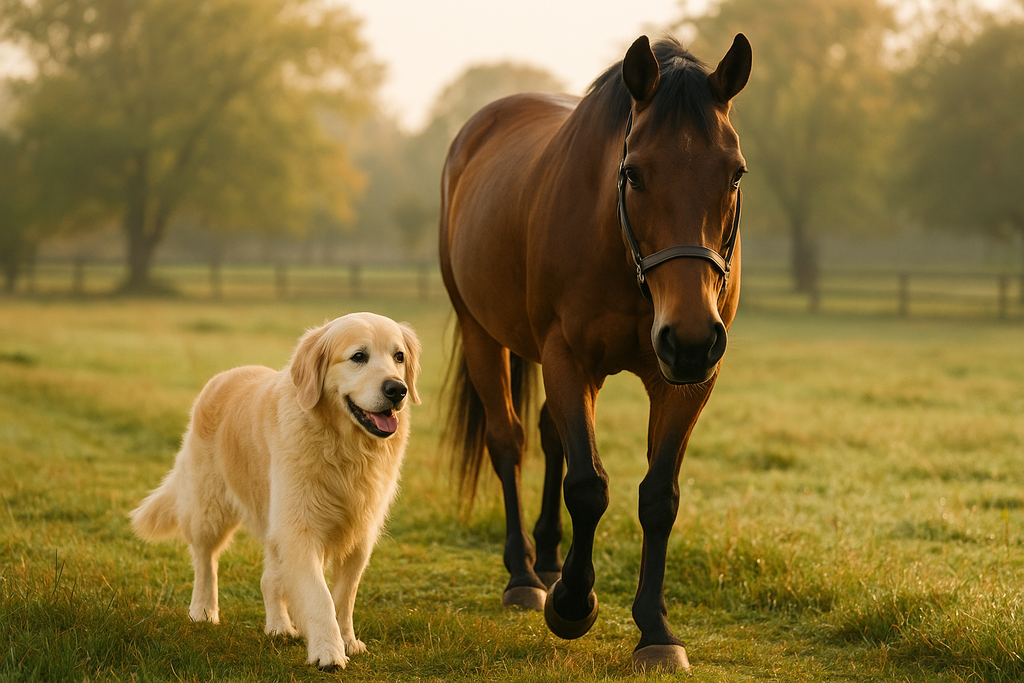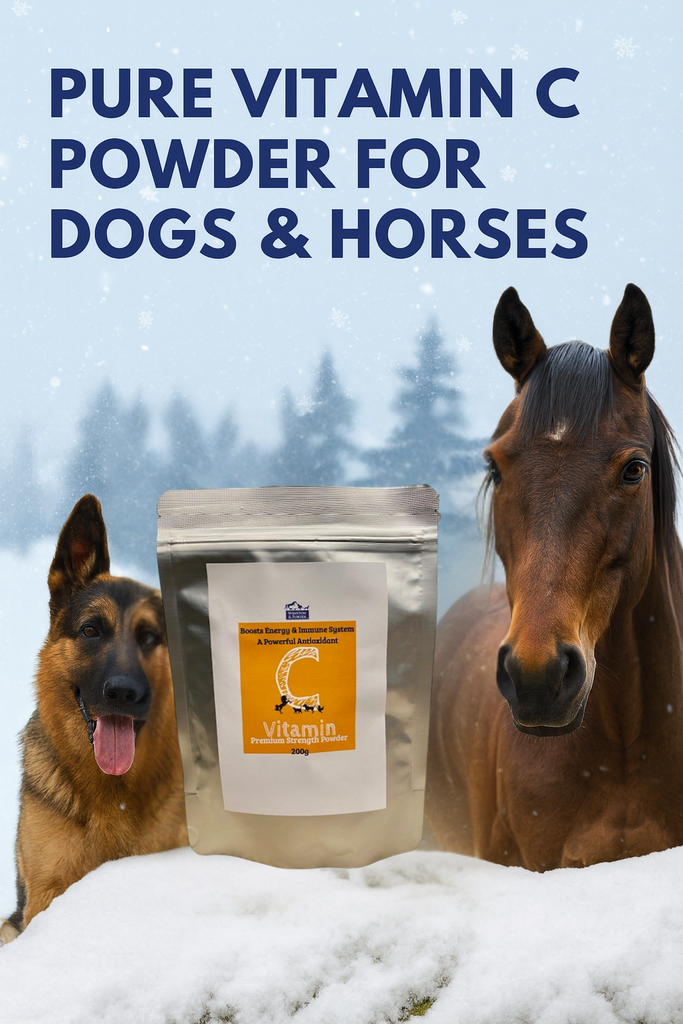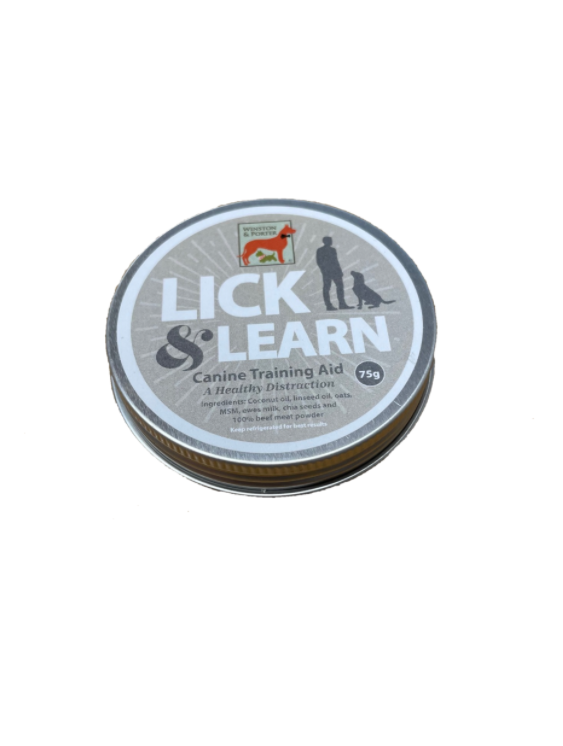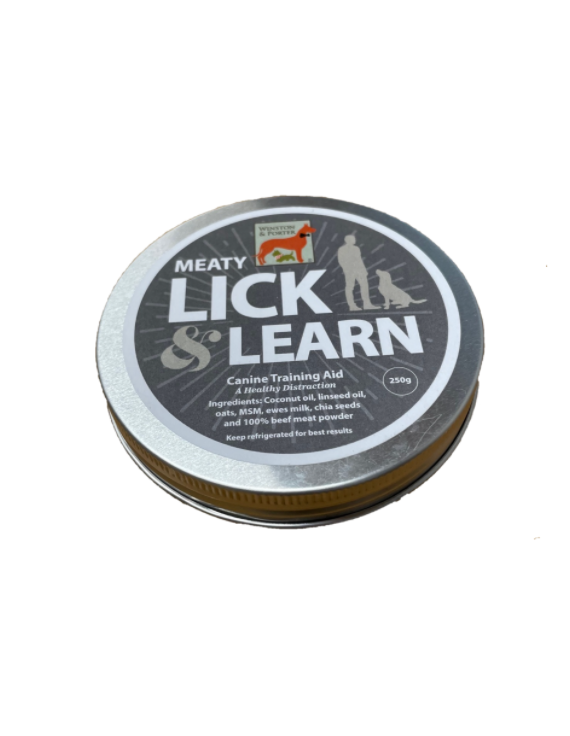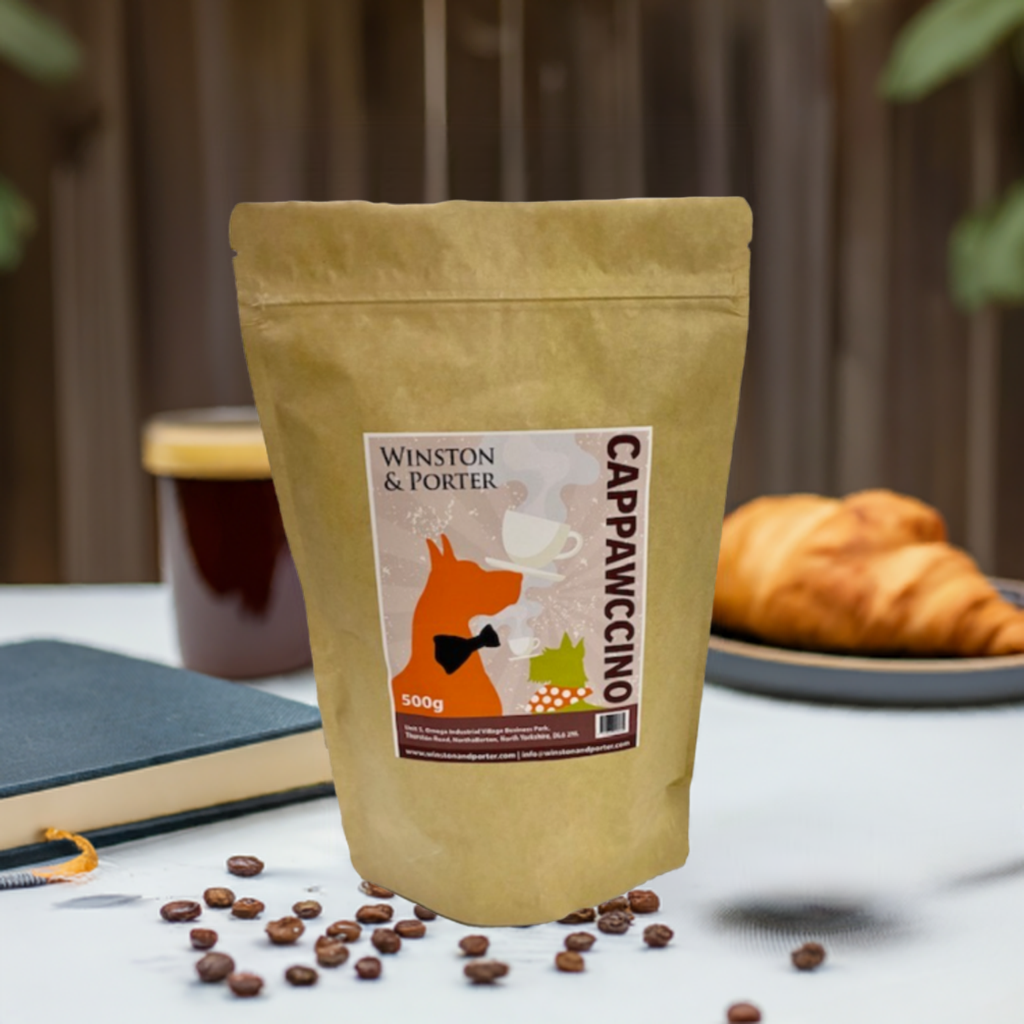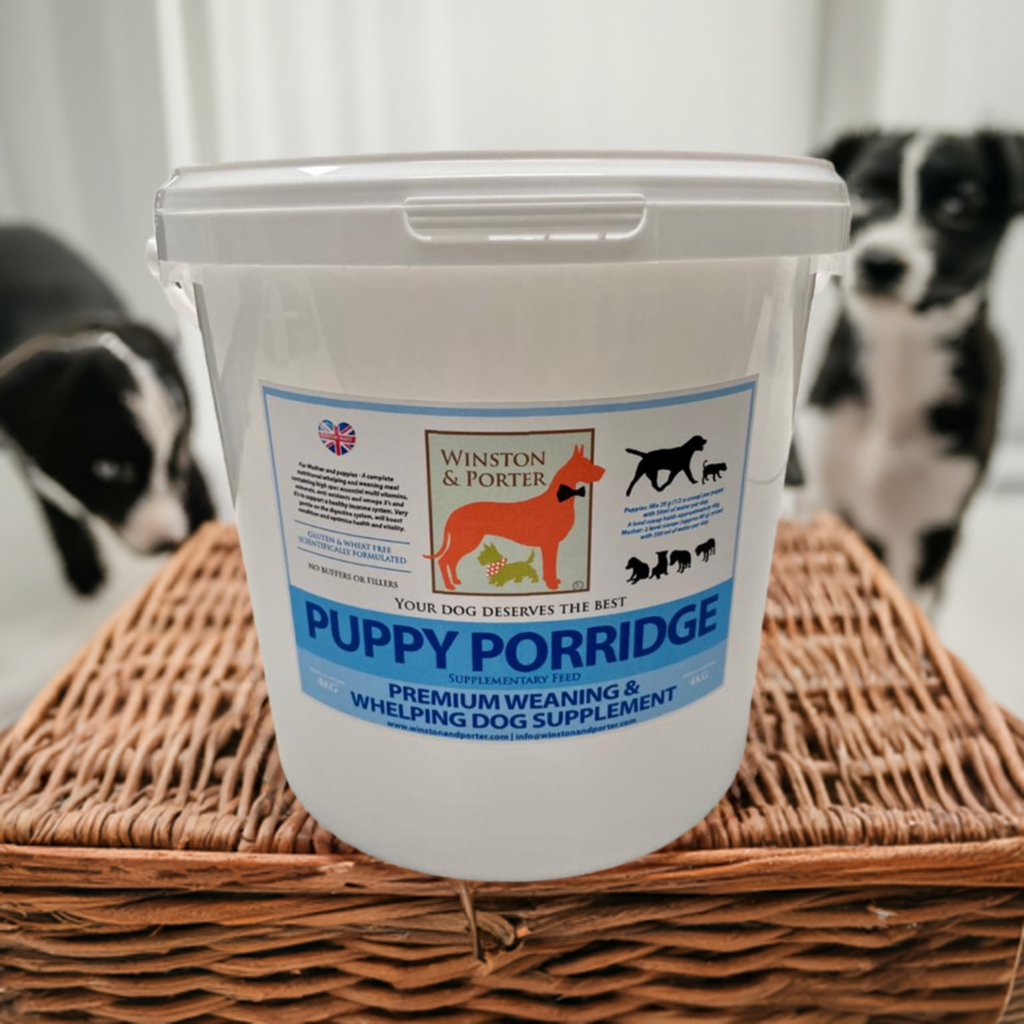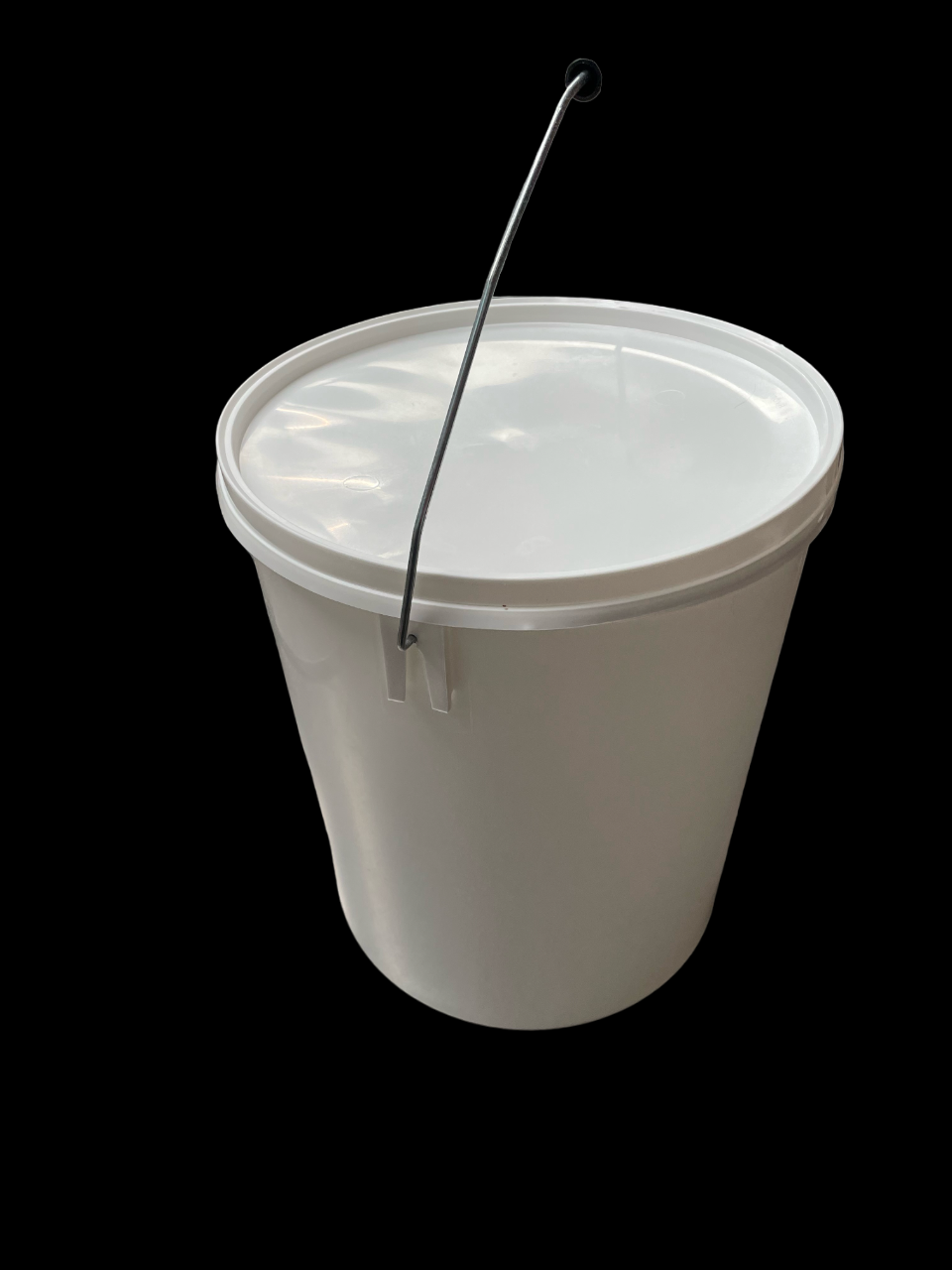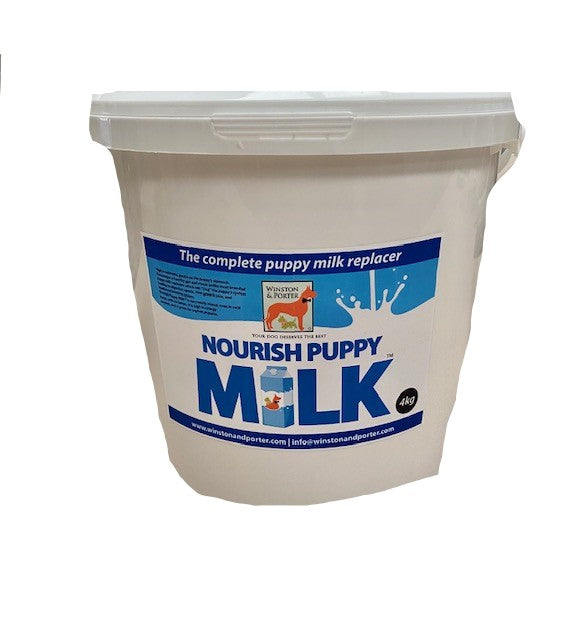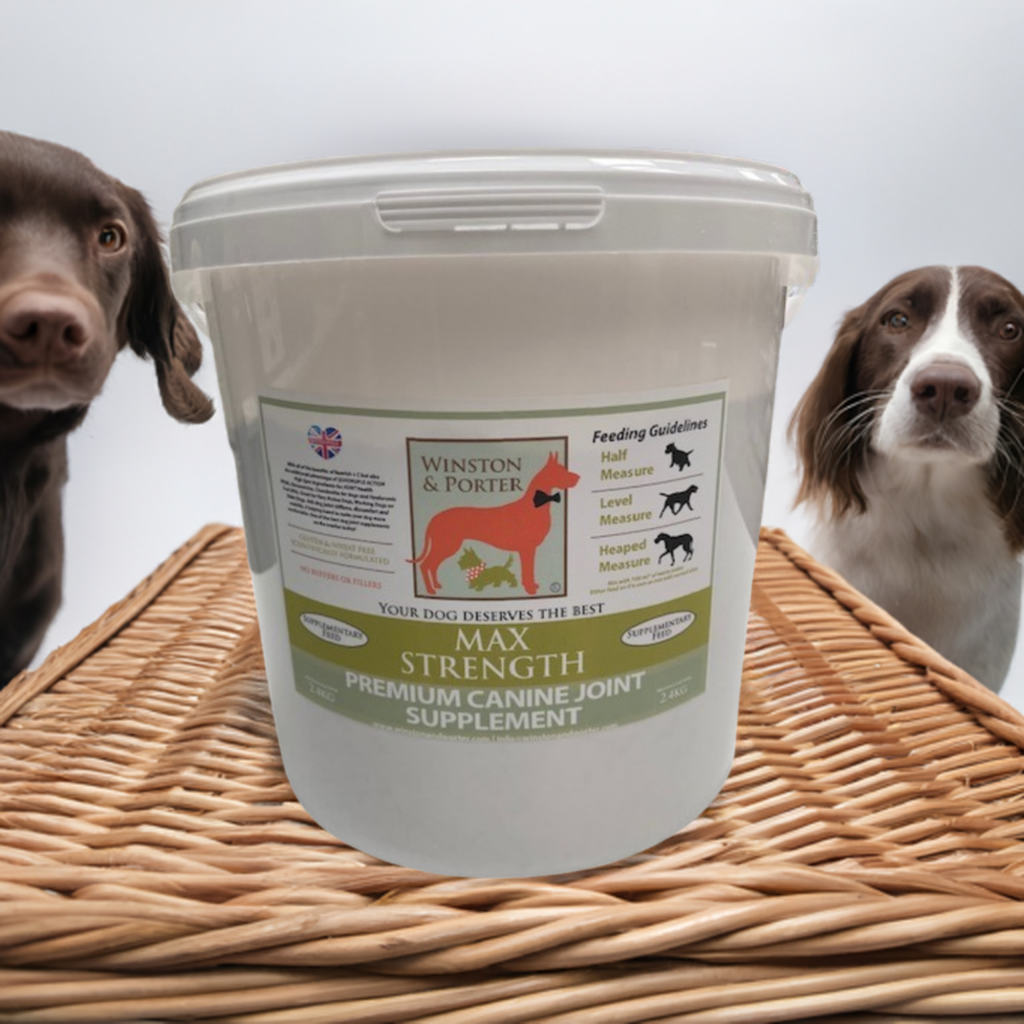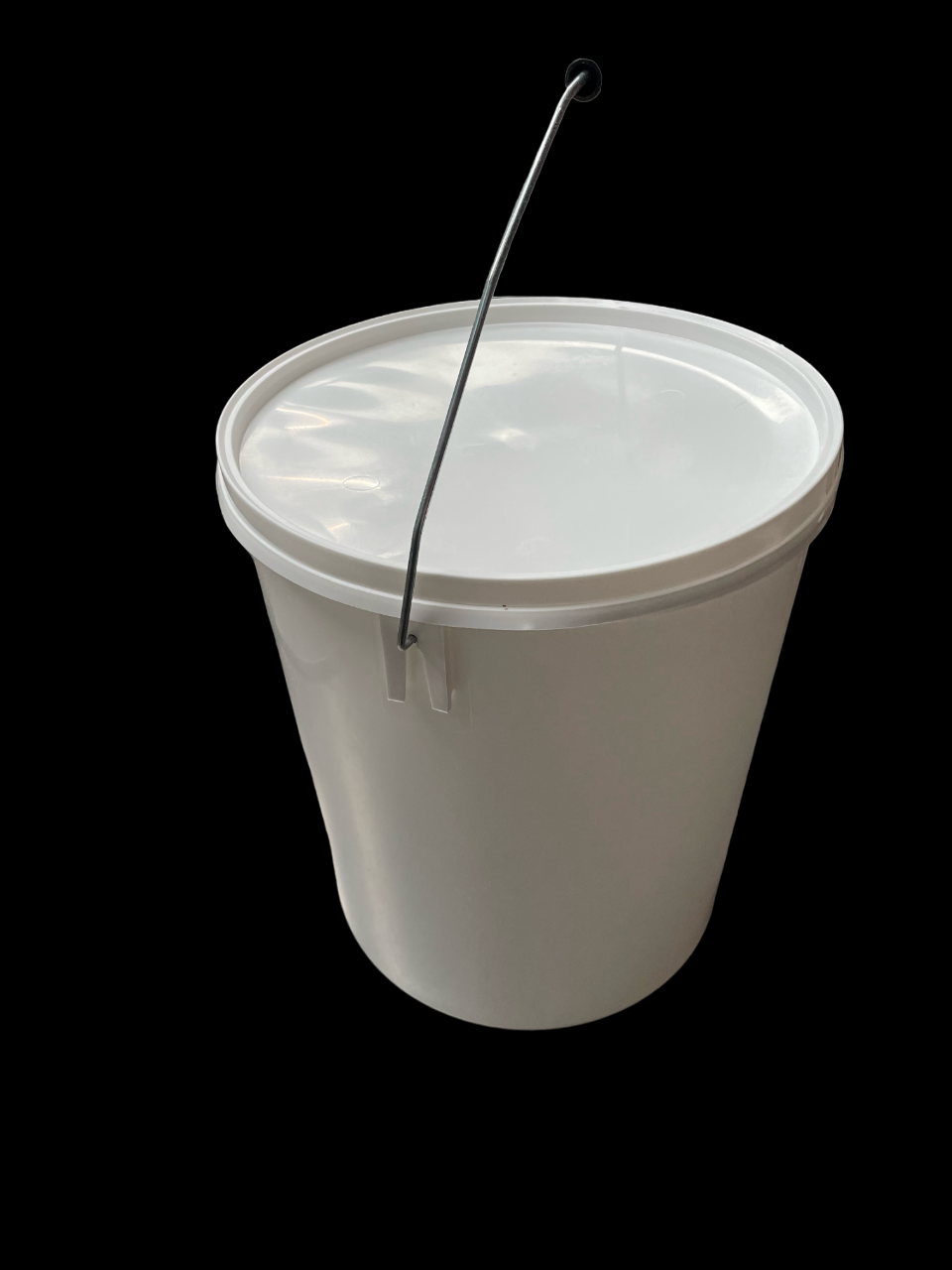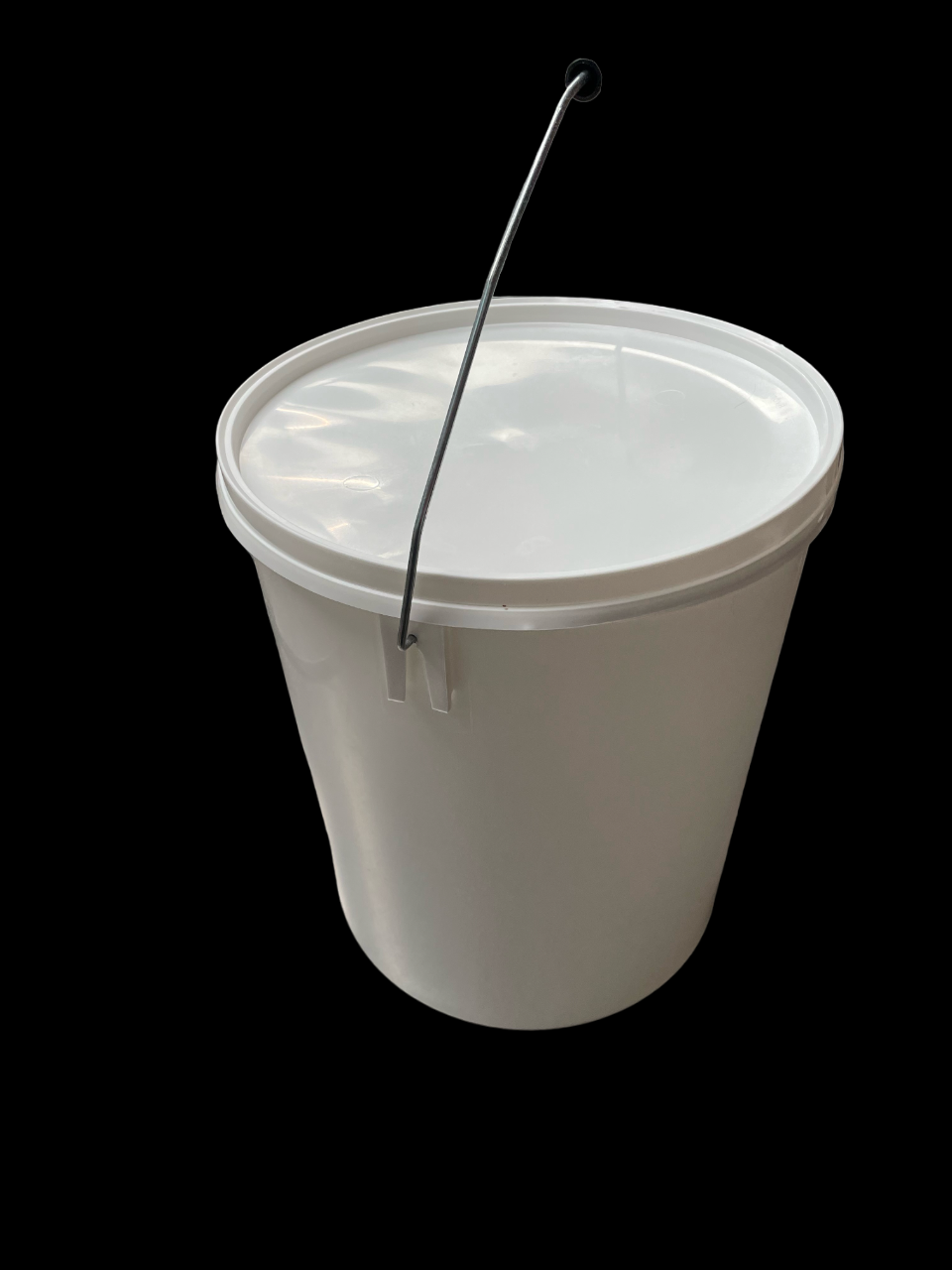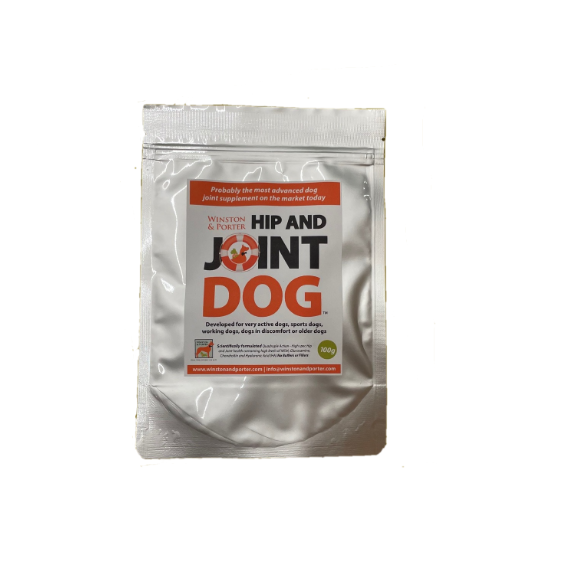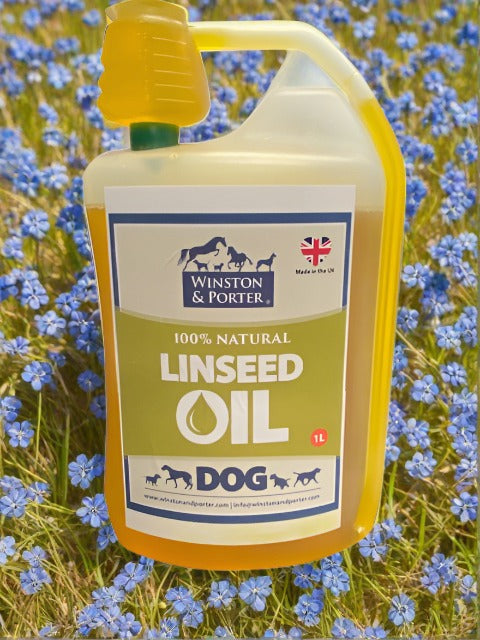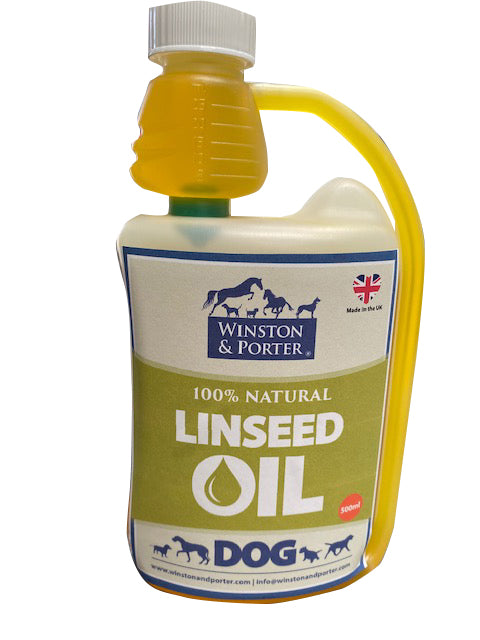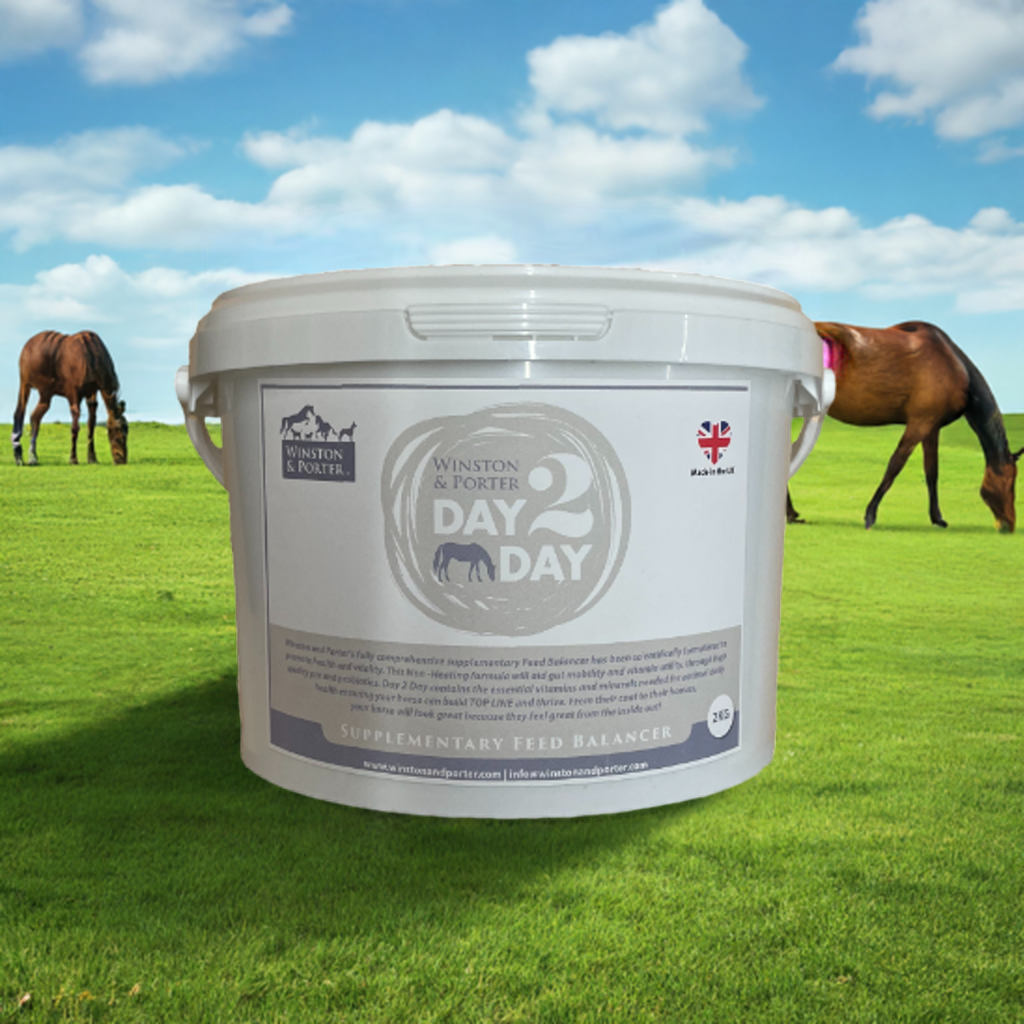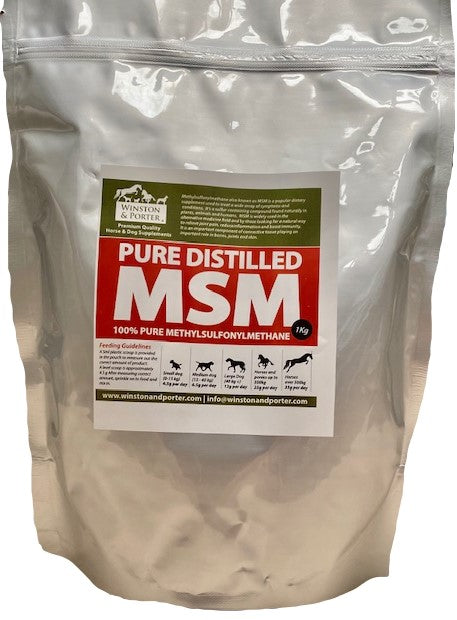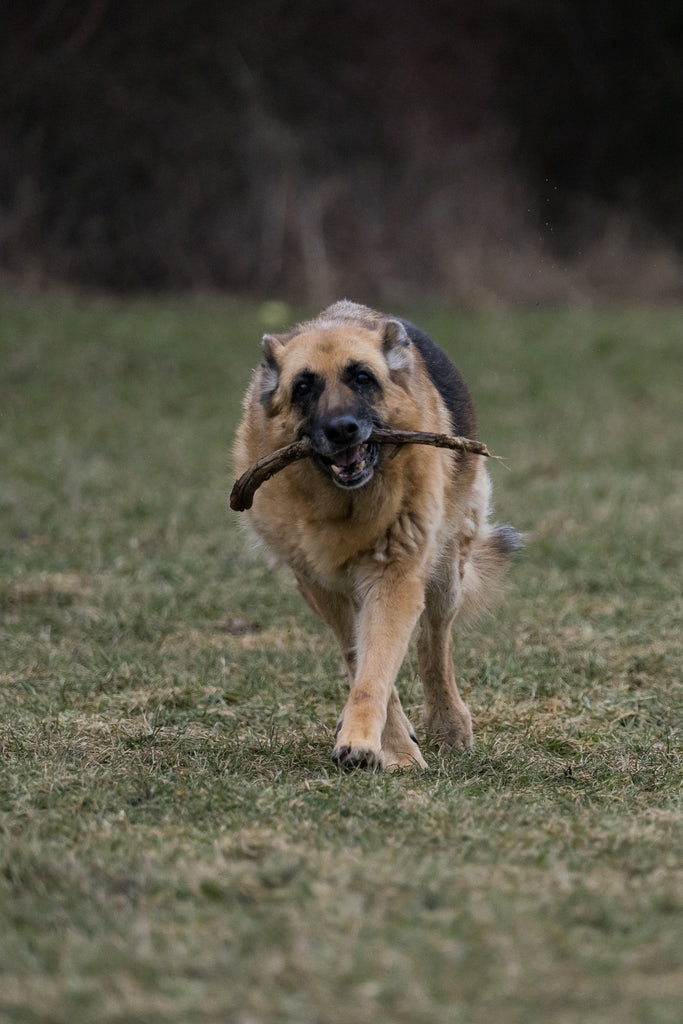
How to Spot Early Signs of Joint Pain in Your Dog: A Complete Guide

Joint pain in dogs is far more common than most owners realise — and the early signs can be incredibly subtle. One day your dog is flying up the stairs like a four-legged rocket, and the next they’re pausing halfway like they’ve suddenly remembered they left the oven on.
But here’s the important part: spotting early signs of joint pain in dogs can dramatically improve their long-term comfort, mobility, and overall quality of life. The earlier you detect changes, the sooner you can support their joints and slow progression.
In this nurturing, science-led (and gently humorous) guide, we’ll show you exactly how to spot early signs of arthritis, stiffness, and general joint discomfort in your dog — even the signs dog owners often miss.
Why Early Detection of Joint Pain in Dogs Matters
Dogs are naturally stoic creatures. Their instinct, passed down from their wolf ancestors, is to hide pain so they don’t appear vulnerable.
That means by the time limping becomes obvious, your dog may have been dealing with discomfort for weeks or months.
Early detection helps you:
-
Reduce inflammation before it becomes chronic
-
Support joints with supplements, weight control and exercise adjustments
-
Prevent further wear and tear
-
Improve mobility and long-term joint health
-
Give your dog a happier, more active life
In other words: you’re not just preventing pain — you’re protecting their joy, zoomies and all.
1. Subtle Movement Changes: The First Signs of Joint Pain in Dogs
Early joint pain rarely starts with limping. It starts with small, nearly invisible behaviour changes that only a dedicated human (that’s you!) will notice.
🐾 Hesitation When Standing or Lying Down
One of the earliest signs of canine arthritis and joint pain is difficulty rising from rest.
Watch for:
-
Slow or stiff movements when getting up
-
Taking longer to lie down
-
Shifting or adjusting position frequently
Dogs often appear stiff at first and then “warm up” — a classic hallmark of early inflammation.
🐾 Slowing Down on Walks
If your dog is beginning to:
-
Walk behind you
-
Take shorter steps
-
Choose softer routes
-
Stop more often to “sniff” (a.k.a. take a break)
…it may be their joints quietly requesting a gentler pace.

🐾 Reduced Jumping Ability
Struggling or refusing to:
-
Jump into the car
-
Hop onto the sofa
-
Climb onto the bed
-
Clear small steps
…usually signals early hip, knee or spinal discomfort.
Even if your dog wants to do these things, pain may be holding them back.
2. Behavioural Signs of Dog Joint Pain (Often Mistaken for Moodiness)
Dogs communicate discomfort through behaviour long before they limp.
🐾 Loss of Interest in Play
If fetch, zoomies or tug suddenly become less appealing, this is a key early sign of joint discomfort.
🐾 Irritability or Grumpiness
When a joint hurts, dogs may react differently to touch.
You may notice:
-
Pulling away
-
Light grumbling or low growls
-
Avoiding being picked up
-
Disliking grooming near certain spots
They’re not being “naughty” — they’re being honest.
🐾 Restlessness or Trouble Settling
Pain can make it difficult to get comfortable.
Look for:
-
Changing sleeping positions repeatedly
-
Moving to other rooms
-
Avoiding hard floors
-
Pacing before settling
This discomfort is especially noticeable at night.
3. Postural Changes: What Your Dog’s Body Language Tells You
Dogs instinctively adjust how they stand and move to compensate for pain.
🐾 Weight Shifting
Common signs include:
-
Leaning to one side
-
Avoiding weight on one leg
-
Standing with hind legs tucked under
-
Lifting a paw briefly while standing
🐾 Arched Back
A hunched posture often indicates hip, knee, or spinal discomfort.
🐾 Bunny Hopping
If your dog runs with both back legs moving together, this is often associated with hip dysplasia or early hip pain.
4. Physical Signs of Joint Pain in Dogs
Not all signs are behavioural — some are physical and can be spotted through gentle at-home checks.
🐾 Excessive Licking of Joints
Dogs often lick painful areas, especially:
-
Knees
-
Hips
-
Elbows
-
Shoulders
This behaviour is soothing and can signal inflammation.
🐾 Swelling Around Joints
Look for puffiness around joints — subtle at first, but noticeable if you compare both sides.
🐾 Muscle Loss
If a painful joint is used less, muscle can gradually waste away.
Common areas:
-
Thighs (hip/knee pain)
-
Shoulders (elbow pain)
Muscle loss is a key sign that discomfort has been present for a while.
5. Audible Signs: Yes, You Sometimes Hear Joint Problems
Not all dogs vocalise pain, but some dogs offer audio clues.
🐾 Clicking or Popping Sounds
Frequent clicking may indicate ligament looseness or cartilage wear.
🐾 Whining During Movement
Any vocalisation during:
-
Jumping
-
Walking upstairs
-
Lying down
-
Stretching
…is a sign of discomfort (unless it's dinner-related drama).
6. Joint Pain in Puppies and Young Dogs
Yes — puppies can have joint issues too, often due to rapid growth or genetics.
Breeds more prone include:
-
Labradors
-
German Shepherds
-
Golden Retrievers
-
Rottweilers
-
Great Danes
-
Spaniels
If a puppy shows stiffness, odd gait patterns or reluctance to play, early assessment is vital.
7. Which Breeds Are Most at Risk of Joint Pain?
Large and medium breeds often experience joint issues earlier, including:
-
Labradors
-
German Shepherds
-
Spaniels
-
Retrievers
-
Newfoundlands
-
Boxers
-
Collies
-
Bulldogs
-
Bernese Mountain Dogs
That said — any dog of any size can develop joint pain.
8. What Causes Joint Pain in Dogs? (A Gentle Science Breakdown)
Inside each joint, cartilage cushions the bones, and synovial fluid keeps everything moving smoothly.
When inflammation enters the picture:
-
Cartilage begins to wear
-
Joint fluid thickens
-
Bone rubs more closely
-
Pain signals activate
-
Movement patterns change
-
Surrounding muscles weaken
This creates a cycle of pain that worsens without intervention.
Early support helps break that cycle.

9. What To Do If You Notice Early Signs of Joint Pain
1. Don’t Panic
Joint issues are common — spotting them early is a good thing.
2. Schedule a Vet Visit
Your vet can check for:
-
Arthritis
-
Ligament injuries
-
Hip/elbow dysplasia
-
Spinal issues
3. Adjust Exercise
Replace high-impact activities with:
-
Shorter, more frequent walks
-
Swimming
-
Controlled play
-
Mental enrichment games
4. Start a High-Quality Joint Supplement
Ingredients to look for:
-
Glucosamine
-
Chondroitin
-
MSM
-
Omega-3 fatty acids (EPA & DHA)
-
Hyaluronic Acid
-
Turmeric/curcumin
(Winston & Porter supplements tick all these boxes — naturally, gently and effectively.)
5. Maintain a Healthy Weight
Extra weight = extra strain on joints.
Even a small weight reduction can make a huge difference.
6. Improve Home Comfort
Provide:
-
A supportive orthopaedic bed
-
Rugs on slippery floors
-
A ramp for car access
-
Gentle, warm-up movement before exercise
7. Track Symptoms
Use a simple weekly mobility tracker to monitor changes.
10. FAQs: Early Signs of Joint Pain in Dogs
How do I know if my dog is in early stages of arthritis?
Look for stiffness, slowing on walks, reluctance to jump, and subtle behavioural changes.
Can young dogs get joint pain?
Yes — especially large breeds, fast-growing puppies, or dogs with genetic predispositions.
What is the number one sign of joint problems in dogs?
Stiffness after rest is often the earliest and most reliable sign.
Should I exercise my dog if they have joint pain?
Yes — but gently. Avoid high-impact activities.
Do joint supplements really help dogs?
High-quality supplements can significantly reduce inflammation and support cartilage health — especially when started early.
Final Thoughts
Spotting the early signs of joint pain in your dog is one of the most loving things you can do. With a little awareness and quick intervention, you can help protect their freedom of movement, reduce discomfort, and give them the active, joyful life they deserve.
Your dog might not be able to say “my joints hurt,” but their behaviour, body, and movement speak volumes — and now you know what to look for.


